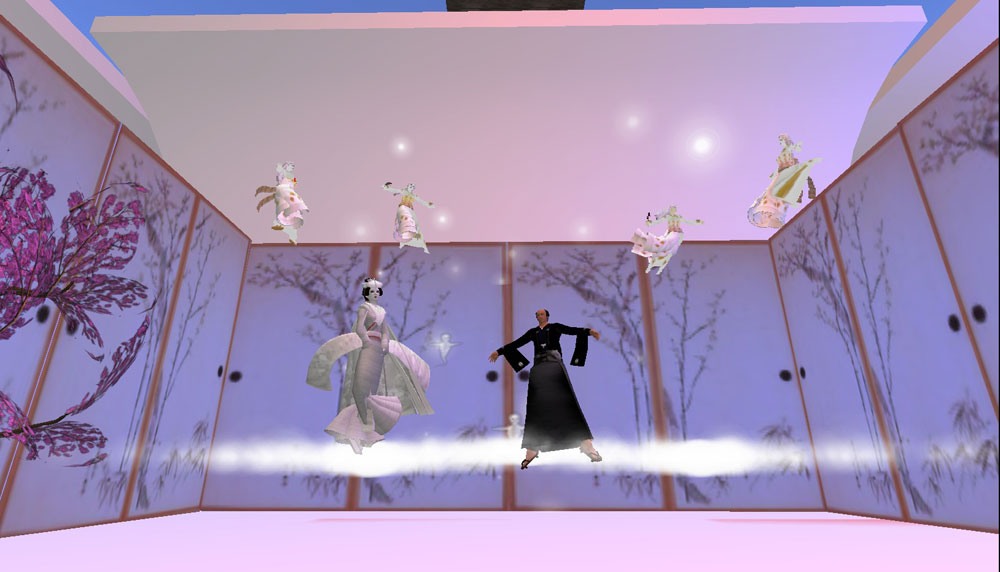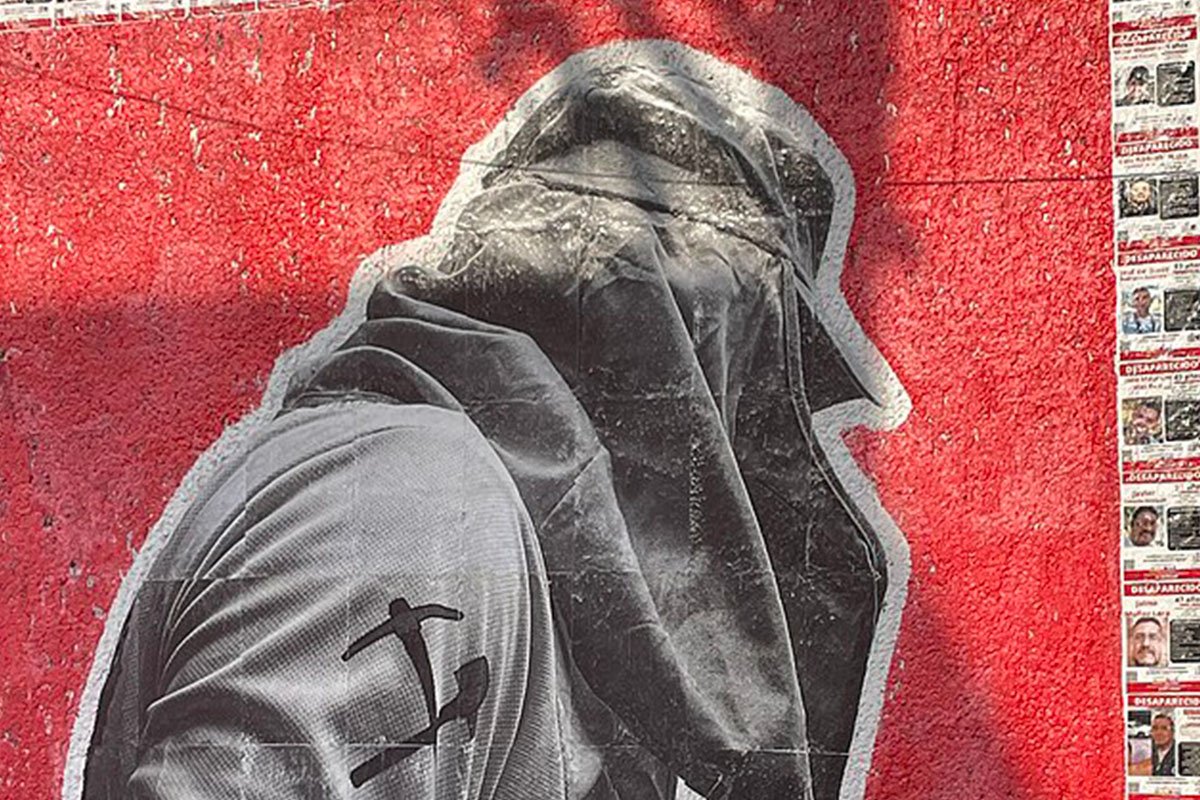
When I was little, I never dreamed of working on racism and sexism as a grown-up. I wanted to be an interior decorator, someone who made houses pretty and decided where all the furniture would go. Or maybe an astronaut, or a full-time whale watcher. But if you asked me if I wanted to sit in rooms with people angry and crying and upset all day long, I would have said no.
At 48, I find myself amused and surprised by my own journey from interior decorator to justice facilitator. And although these professions seem distinct, I really feel they share a common spirit: design and arrangement for beauty. Rooms create feelings and invite people into metaphors, whether it be through an agenda, or furniture, or both. These metaphors tell us how to behave.
As facilitators and interior decorators, we have the power to design these emotional fields, either by accident or on purpose. We have the power to invite behaviors through arrangements that either play into—or reverse—the same old scripts of our world. I remember once I bought a huge TV and put it up on the wall in my living room. The next time my friend came to babysit, she and my son watched five hours of TV. I was enraged, but later I reflected on how I really invited this. They just walked into a trap I had set. I think the same is true for facilitation toward racial justice; we set traps and get upset when people are triggered.
For example, if we are true to ourselves, we often know what is going to unfold for different folks as we talk about race. White folks are often going to feel guilt and shame and tear up. People of color will be pissed and upset as old traumas are reawakened. Fragility meets rage, and nine out of 10 times, fragility wins out, and people who experience the most oppression end up comforting those who experience the least oppression—which is completely twisted to the facilitator, who is caught off guard. (I can say from personal experience.) But why should we be surprised? It’s a 56” TV in a room with an auntie who loves to spoil her best friend’s son. Please.
So, the question is, how do we arrange for beauty? I’ve been a facilitator for a couple decades now and have had the opportunity to deepen my response to this question with many leaders across the country, whether it be next-generation cross-sector nonprofit leaders of color in Southern California; reproductive health, rights, and justice leaders in Louisiana; or hometown youth leadership jedi in the Bay Area. The answer is, of course, not easily bulleted into three points, as we facilitators love to do. It is complex and ever evolving. Still, there are a few things that keep bubbling up to the surface that I am sure I will spend my life meditating on further.
First, all beauty requires ugliness, and designing for ugliness is an art. What I am not talking about is the kind of ugly I am seeing in the current wave of race equity trainings that glorify trauma as “the work.” To me, that’s just ugly, not good ugly. It’s not designed—it’s just spilling out in a “less prep, more presence” world of “emergence” that feels unstructured and therefore unsafe, and definitely not productive.
Sign up for our free newsletters
Subscribe to NPQ's newsletters to have our top stories delivered directly to your inbox.
By signing up, you agree to our privacy policy and terms of use, and to receive messages from NPQ and our partners.
I hear the call to not be so attached to an agenda that you miss the point of a training, and I think we’ve gone too far. People need structure to bring forth their trauma in service of their healing, and not in service of feeding a fragility/rage dynamic in which we will all hate each other more at the end. That’s not moving us toward justice and liberation. It’s just the same old script.
The “good ugliness” I am referring to comes as a group is slowly and carefully walked down a path of sharing more and more of themselves. It is where people have been taught how to listen and only listen, how not to spill their processing on each other, and yet simultaneously how to make meaning of what they are hearing while showing up for their peers. This ugliness comes from the discomfort of the truth of how we have shamed ourselves and each other, how we have unconsciously taken in the messages of oppression and repeated them to those closest to us. It comes out in a group of people that have developed a humanizing culture of love and conflict. It is earned by the group and also healed by it.
The only way to bring forward this gift of ugliness, in my opinion, is through a deep practice and knowledge of group development. I have had the tremendous fortune of mentorship in group development by the most brilliant youth workers in San Francisco and across the country, particularly by my dear friend Helene Onserud from the Center for Family Life in Brooklyn. She let me into the secret that an entire branch of Social Work called Social Group Work died out of universities as they became more clinical and obsessed with individual pathology. She was part of the last classes of people trained in this incredibly powerful methodology about how to develop strong, powerful, resilient groups.
Interesting, how we divested in group work as a society. I always wonder why things that have true potential for radical change are somehow let go. Even when I was getting my master’s in education, no course on group development was required, and when I got into schools, the biggest challenge all new teachers faced was “classroom management.” What Helene and the youth workers I knew did was turn the school-as-factory problem of classroom management into an opportunity for group development and the building of democratic society.
Beauty isn’t light. It’s not without tears and pain and struggle. In this world, I have been a part of too many meetings, trainings, retreats, convenings that have lost sight of this. I’m tired of the pain they ask me to recall, but I am willing to go there if we are truly building together. More often than not, I walk away hating the people in the room, who I already hated before, even more instead of feeling a growing solidarity. I do not believe in bringing up people’s trauma for trauma’s sake. We are designers whose goal is a complicated and beautiful struggle, not just sellers of the latest fashion of “race trainings.” If we bring up people’s trauma, let’s make sure we have designed the relational and emotional field in a way to derive healing from this.
Let’s go there, but not because we are on the consultant clock, and it’s a deliverable to our funder. Let’s go there because we don’t want to leave this work to our kids. We want them to be able to dream of whales and beauty and the solar system because we have done the tough work of reckoning with each other and our ways. We have grown our solidarity through real practices of love, conflict, and community so they can taste liberation and not just battle oppression.











